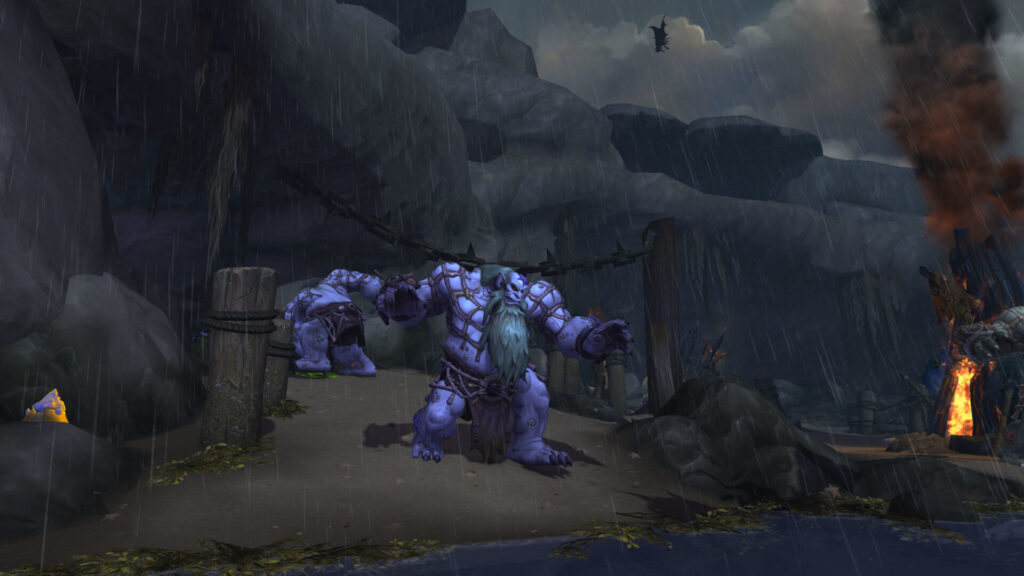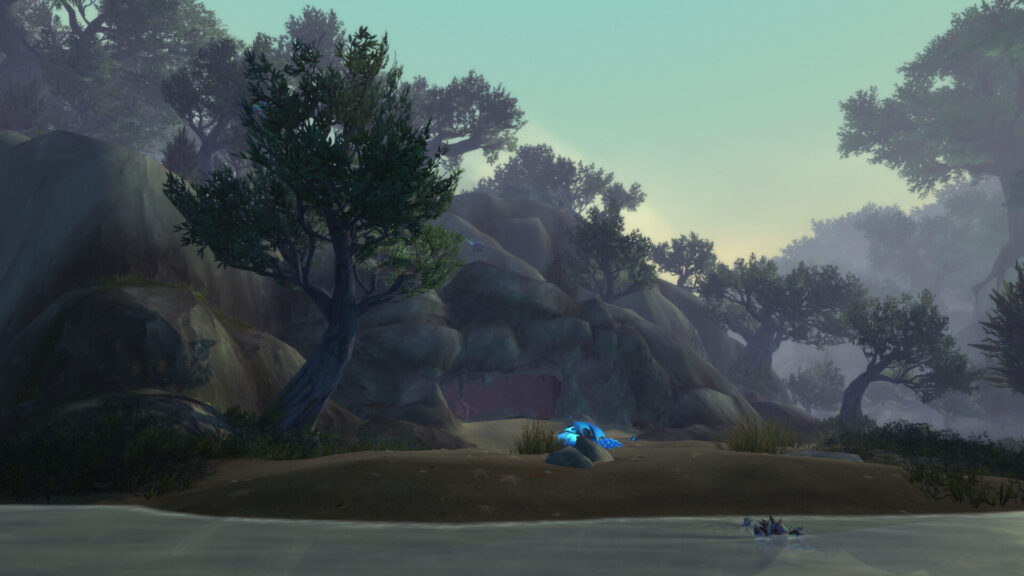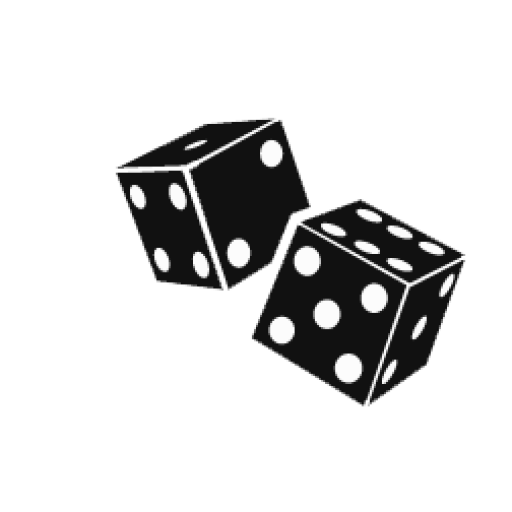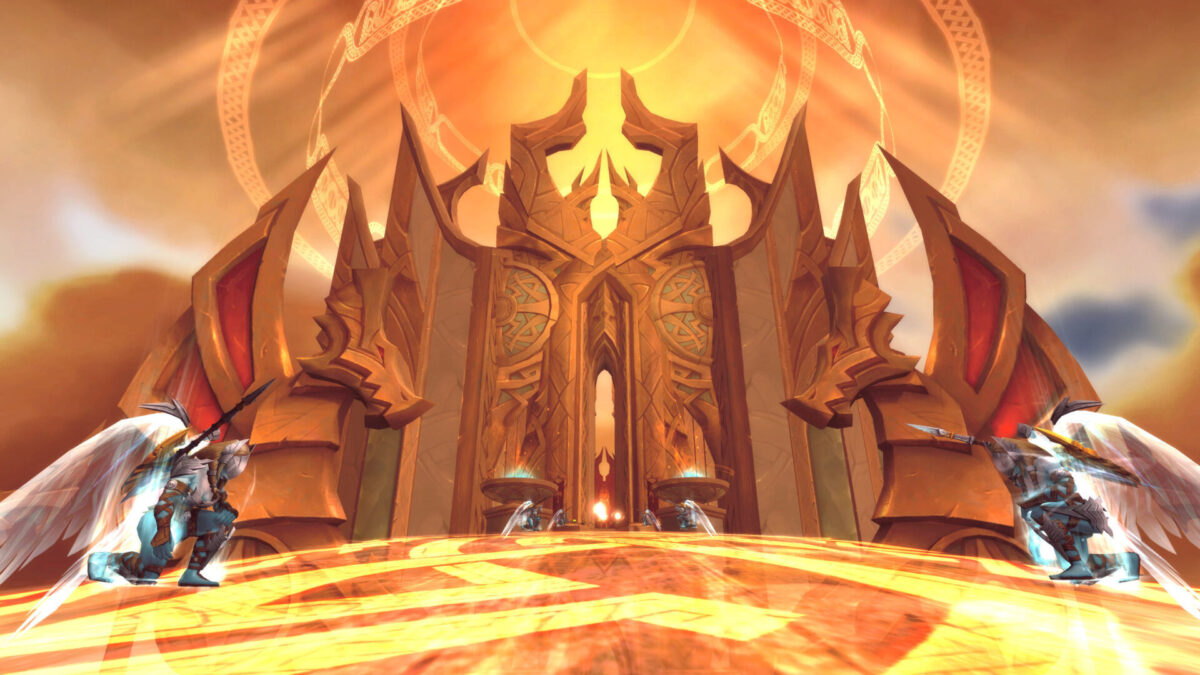Introduction. Over nearly two decades, World of Warcraft has evolved through constant dialogue between developers and players. Blizzard’s ability to listen—and adapt—has been key to its longevity. From gameplay systems and class balance to expansion pacing and quality-of-life updates, player feedback has become the cornerstone of modern WoW design. But this process isn’t simple. Balancing creative vision with community expectation requires both humility and discipline.
This article explores how Blizzard collects, analyzes, and implements feedback to shape future expansions, illustrating how collaboration between players and developers drives the game’s continuous evolution.

The Origins of Feedback Culture
In the early days of WoW, feedback was informal. Forums, fan sites, and in-game whispers served as direct communication lines between passionate players and responsive developers. While sometimes chaotic, this early feedback loop built trust. Players felt heard when bugs were fixed quickly or when small class tweaks reflected their requests. This foundation evolved into a structured feedback culture that continues to define Blizzard’s approach today.
Modern Feedback Systems
Blizzard’s current development cycle integrates feedback at every stage. Alpha and beta testing phases now function as collaborative workshops, where players experiment with new systems while offering real-time data and analysis. Social media, Reddit, and official forums expand this dialogue, giving the developers insight into global sentiment.

Yet Blizzard doesn’t just collect opinions—it categorizes, prioritizes, and cross-references feedback with internal metrics. Not every request becomes a feature, but every piece of feedback informs decision-making, shaping how the game evolves with its audience.
- Testing Phases: Closed alpha and open beta environments let players stress-test new mechanics before release.
- Data Analytics: Telemetry and participation data guide adjustments to pacing, rewards, and class performance.
- Community Summits: Influencers, theorycrafters, and guild leaders collaborate directly with developers to refine ideas.
- Live Feedback Channels: Post-launch feedback via official forums helps fine-tune ongoing balance updates.
From Feedback to Implementation
Not all feedback translates directly into immediate change. Blizzard uses an iterative approach—testing, adjusting, and evaluating results across multiple patches. The rework of Talent Trees in Dragonflight is one of the best examples: after months of player testing and survey responses, the final system balanced depth with flexibility, reflecting both developer intent and player experience.

This process is slow but deliberate, ensuring that adjustments improve the game holistically rather than reactively.
Lessons Learned from Past Expansions
Every expansion tells a story—not just narratively, but developmentally. Warlords of Draenor taught Blizzard that player engagement declines without diverse endgame systems. Shadowlands highlighted the dangers of overcomplicating progression systems. Dragonflight demonstrated the success of transparency, with developers providing weekly updates and responding directly to feedback during beta testing. Each era adds to Blizzard’s growing understanding of what players value most: agency, communication, and respect for time.
Collaborative Design and the Future
Blizzard’s evolving design process now leans toward open collaboration. Developer blogs, public PTR cycles, and direct Q&A sessions encourage community involvement in real-time. The studio has embraced an iterative model—develop, test, listen, refine—that ensures every major system is tested by those who matter most: the players themselves.

This shift toward co-creation has redefined Blizzard’s philosophy. Instead of seeing feedback as criticism, it’s viewed as a compass guiding the game toward mutual success.
Conclusion
Player feedback is the lifeblood of modern World of Warcraft. It bridges the gap between developer intent and player experience, shaping the systems that define each era. By turning criticism into collaboration, Blizzard has created a living dialogue that ensures WoW continues to grow alongside its community. The result is a game that reflects not just its creators’ vision—but the collective voice of the millions who call Azeroth home.
Home


Leave a Reply